- Rachel Stewart: Landscape Photographer Reviews EOS R5
-

Having been a landscape photographer for almost a decade and solely using Canon DSLR since the beginning, the thought of switching to mirrorless was an exciting prospect even though a tiny part of me was a little hesitant. It’s only human nature to slightly resist change and to move out of our comfort zone, but when the opportunity came for me to test the mirrorless Canon EOS R5 I just had to give it a go.
I have been shooting on the EOS 5D Mark IV since 2017 and most of my portfolio images come from that camera. In recent years however mirrorless technology has opened a realm of possibilities when it comes to landscape and astro photography, and I have been dying to shoot on the perfect camera set up under this new technology.
I was lucky enough to take the EOS R5 with me on a recent hike of the Routeburn Track in Fiordland New Zealand and got to experience the EOS R5’s capabilities and incredible technology firsthand.
Over 3 days I tested out the EOS R5 in many different scenarios and light changes and each time it performed well beyond what I had imaged. I am primarily a landscape photographer, so I did not test out the video capabilities of the EOS R5, or the fast shutter speed, so all my opinions and views are based on still image landscape photography.
In this article I’ll run through the main features I loved about the Canon EOS R5, comparisons with my current EOS 5D Mark IV, and what led me to purchase the R5 myself.
I must start with this feature as it is the one that sealed the deal for me when it came to purchasing the EOS R5 for myself. Just wow. When I took my images back home and reviewed them on the computer, I was absolutely blown away by the image quality produced by the 45 MP resolution and sensor.
While shooting with the EOS R5 I noticed a substantial difference in the dynamic range compared to the EOS 5D Mark IV and found that the noise levels when using a higher ISO were much less and easier to deal with in post processing.
Because I am shooting in low light conditions majority of the time, dynamic range has always been very important when it comes to image quality and what I can do in post processing once back at the computer. A lot of my images end up being used for print and I was able to work on the EOS R5 frames knowing they could be used for print purposes with no worries and at the highest quality.
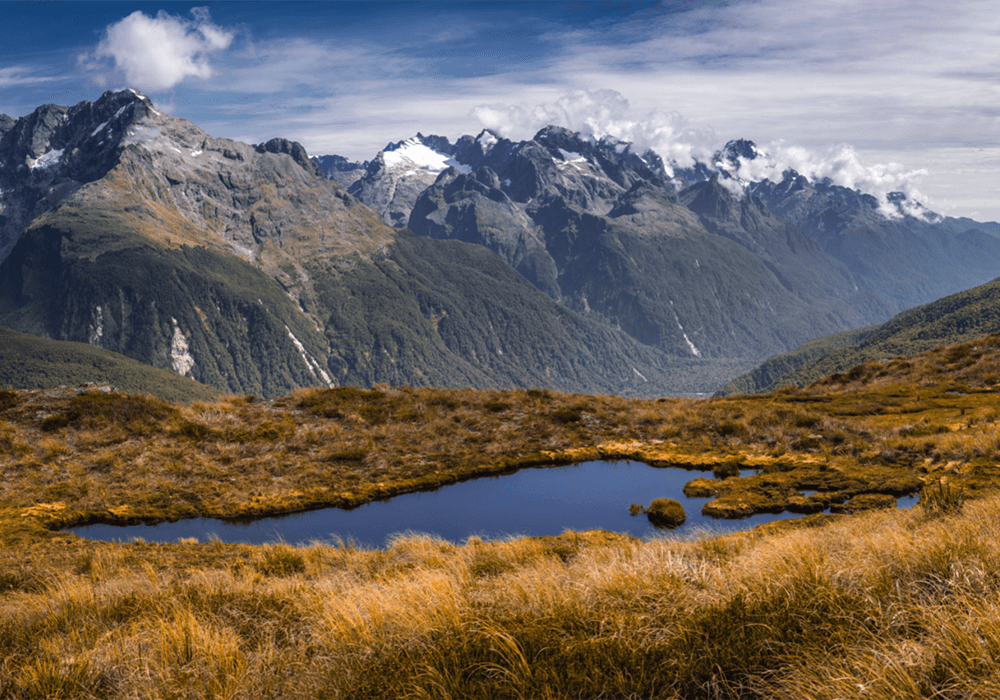
The Canon EOS R5 still has that same shape and feel as the Canon EOS 5D Mark IV. Although a little smaller, it still feels good to hold in the hand and reflects similar designed to what we are used to as existing Canon users. The ease of use and set up are all very similar so the learning curve and adjustment for buttons and settings placement is very small.
Customizable buttons mean you can select where you want certain features to be access via button, making it even easier for you to operate the camera how you see fit.
What I loved about the EOS R5 is the vari-angle touch screen on the back of the camera which was not a feature available on the EOS 5D Mark IV. This makes getting low shots easy instead of twisting your body around to get the shot. The touch screen (available on the EOS 5D Mark IV) allows for setting changes, focus points, and shutter control to be super easy with just a touch of the screen.
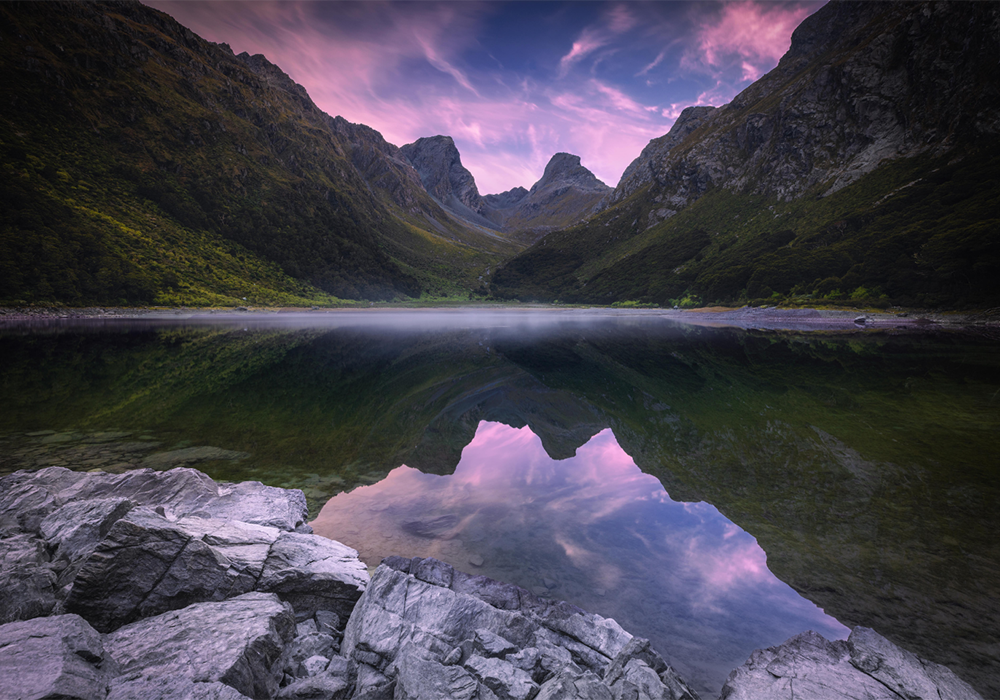
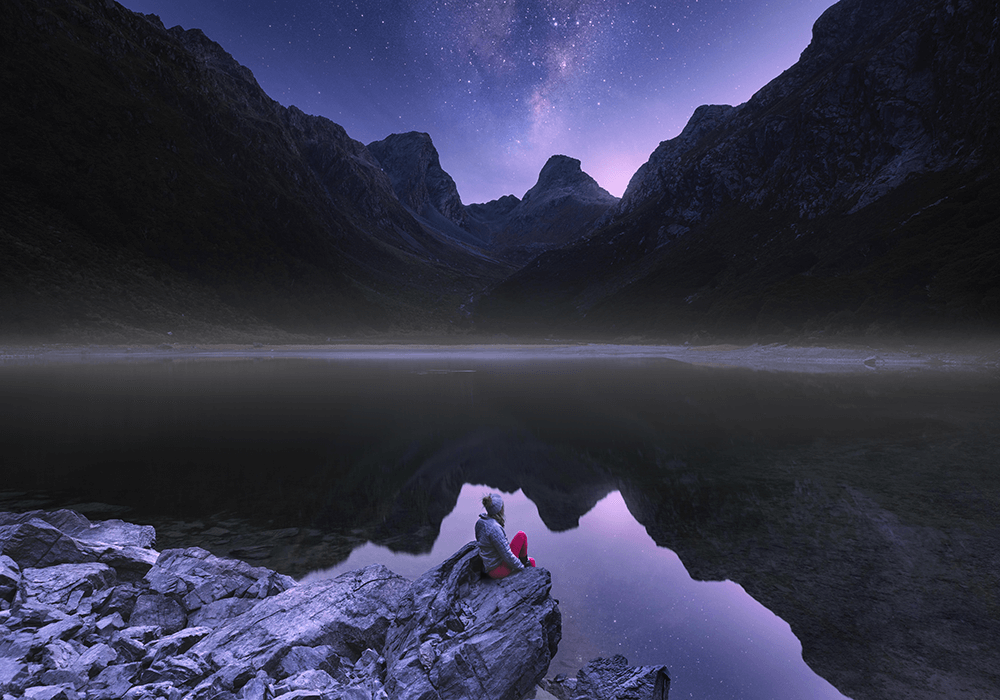
The auto focus system on the Canon EOS R5 has got to be one of my favourite upgrades. It is such a big step in technology and functionality. The EOS 5D Mark IV had 61 focus points, but the new EOS R5 has an astonishing 5,940! It is an absolute game changer for anyone looking to upgrade from their current set up to a newer model.
As a landscape photographer and I am often shooting in low light; the EOS R5’s new ability to pick up focus points in incredibly low light/night shots has made all the difference here. I can be shooting in near darkness and the focus system can still read the scene in front of me so that I have my shot sharp and focused.
If you shoot animals or people, the new subject detection autofocus can automatically identify and lock onto people, animals, and any moving subject.
Overall, I was so blown away by the new system and it made me want to buy the EOS R5 straight away!
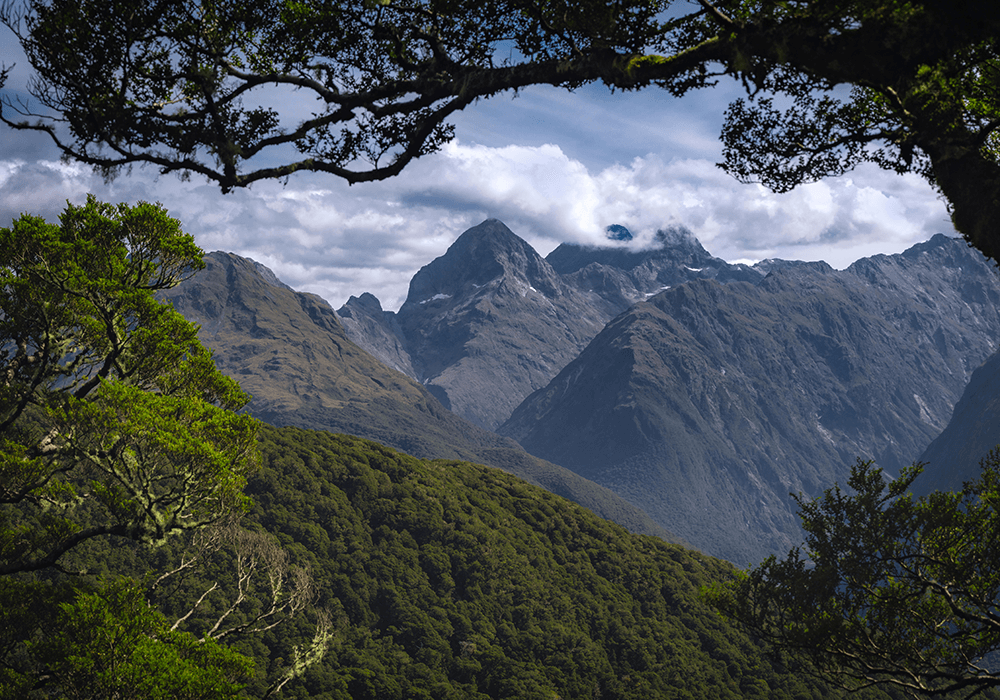
The EOS R5 was the first camera I’ve used which offers in camera stabilization, and I definitely noticed a difference when shooting in low light. Paired with my EF 16-35 F2.8 lens (using the EF/RF adapter) which has no stabilization, I was able to hand hold the camera and shoot in lower light and still achieve a sharp image which normally I would need to use a tripod for.
If you pair the EOS R5 with RF lenses, the stabilization is even better. This is such an added bonus as I’d much prefer to shoot without a tripod where I can, and in camera stabilization means I can do that more often now.
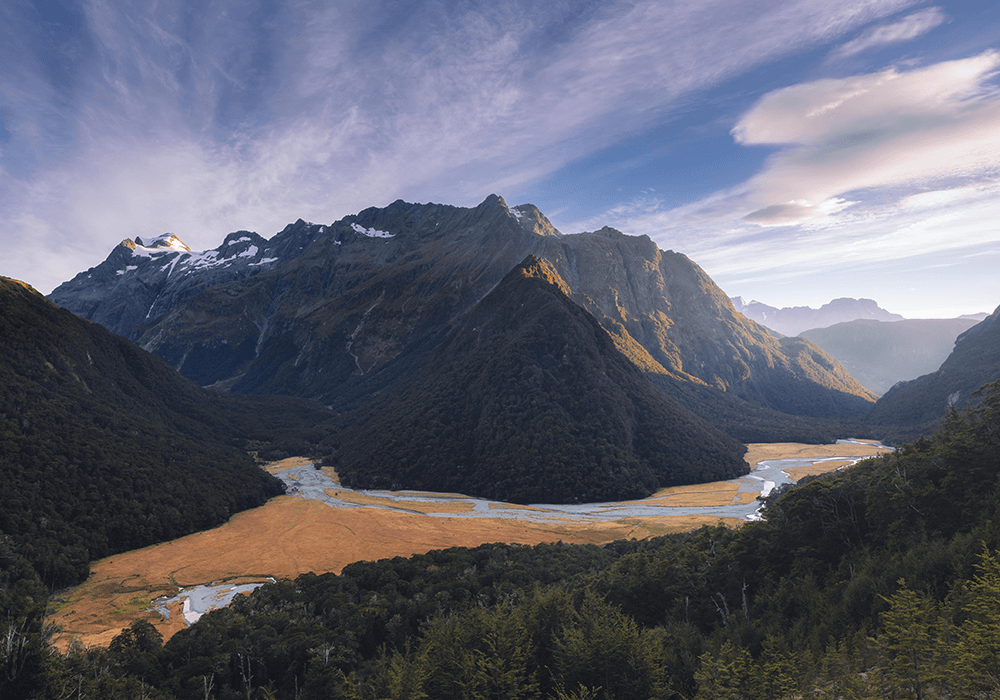
The electronic view finder on the EOS R5 took a little getting used to since I primarily use the optical viewfinder on the EOS 5D Mark IV, but once I got the hang of it, I absolutely loved seeing how the image was going to look when I peered through the eye piece. It is a welcome addition to know what the sensor of the camera is seeing through the eye piece in real time while adjusting settings.
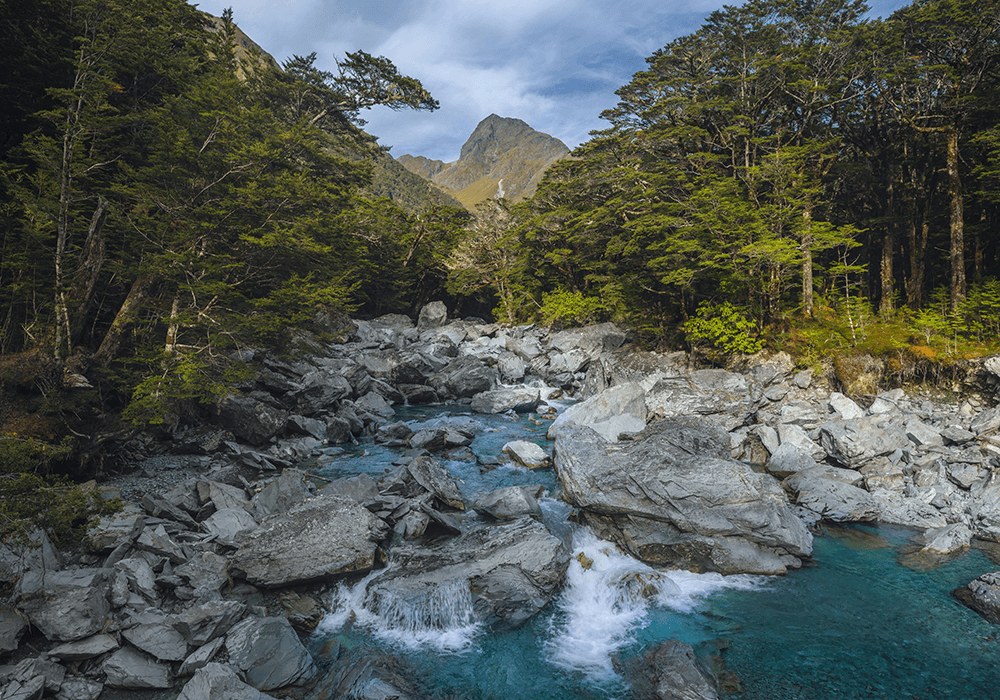
Although the EOS R5 comes with a new version of the Canon LP-E6 battery, I could still use my batteries from the EOS 5D Mark IV which was another huge bonus.
I was also able to use my EF mount lenses with the R5 thanks to the lens adaptor that is designed for the EOS R5.
Not having to purchase a whole new range of lenses is a huge positive for me as it means that I can slowly over time replace my lenses, and not have to part with a large amount of money straight away.
All of my lenses functioned perfectly through the adaptor, and I was more than happy with the result of the images I captured using this combo.
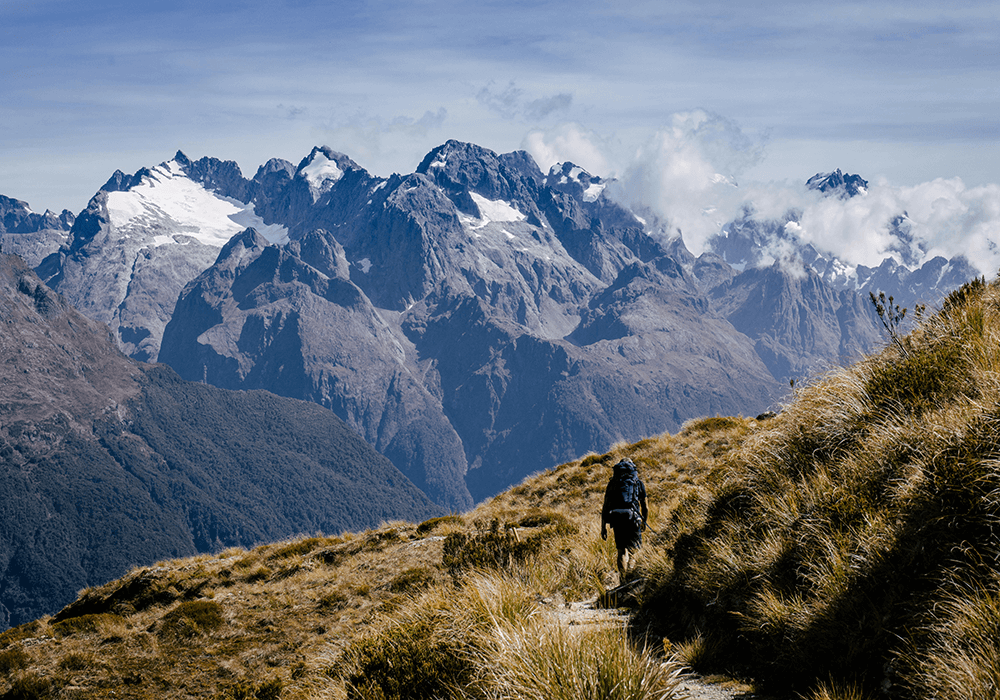
The Wi-Fi component of the Canon EOS 5D Mark IV has also crossed over to the EOS R5 which I was super happy to see. I use the Canon Connect app on my phone as my self timer and remote, so the Wi-Fi is an important feature to have.
As mentioned above, I ended up purchasing the Canon EOS R5 after taking it through its paces on the Routeburn Track and it is definitely a camera I would recommend if you’re looking to upgrade or switch to a mirrorless body.
The all-round performance of this camera body, and the auto focus and dynamic range upgrades, made the purchase of the EOS R5 a no brainer for me.
I had been looking to switch up my camera body for quite some time but had been waiting for the right camera to do it. I feel the EOS R5 meets all my needs as a landscape photographer, plus more, and I couldn’t be more stoked to be part of the mirrorless family finally and explore more scenes with my new mirrorless camera!
Rach Stewart is a professional New Zealand photographer based in Mount Maunganui, New Zealand.
Her passion to be with nature along with a love of fun, adventure and exploring is what characterizes her landscape photography and forever fuels her to seek out and find the beauty created by the natural world.
Through this passion of hers, she has amassed a huge following of over 350,000 followers on Instagram and Facebook and her New Zealand photography images have been published worldwide including magazines such as National Geographic, National Geographic Travel, The Daily Mail, plus many more.
Her use of long exposure photography in images is a style she loves. It is a method of photography she was intrigued by right from the beginning, and always keeps her trying to perfect her art.
Rach loves being outdoors, hiking and be with the mountains, but you will also find her surfing at the beach and spending her summers in the ocean.
Follow Rachel Stewart on Instagram or visit her website to see more of her travel and landscape photography.

Talented Australian film director, Andrew Kaineder, is passionate about communicating authentic and honest storytelling through his work.

Photographer and videographer, Denys Black, get's hands on with our first APS-C sensor mirrorless camera - the EOS R7.

Matt Cherubino shares aerial photography tips using the EOS R5.